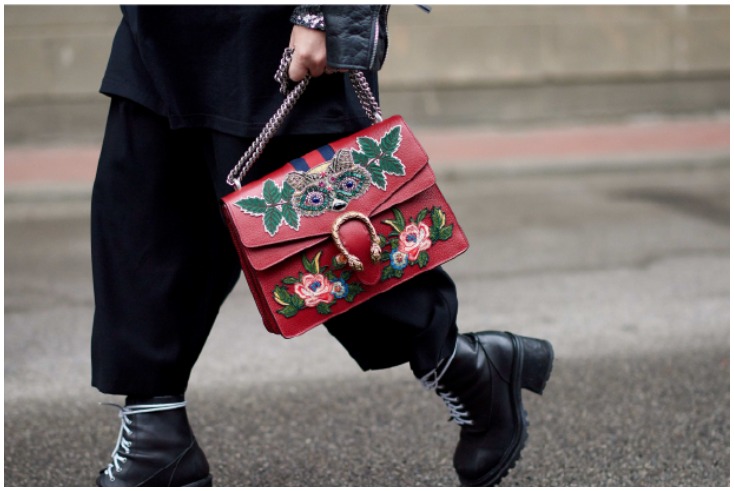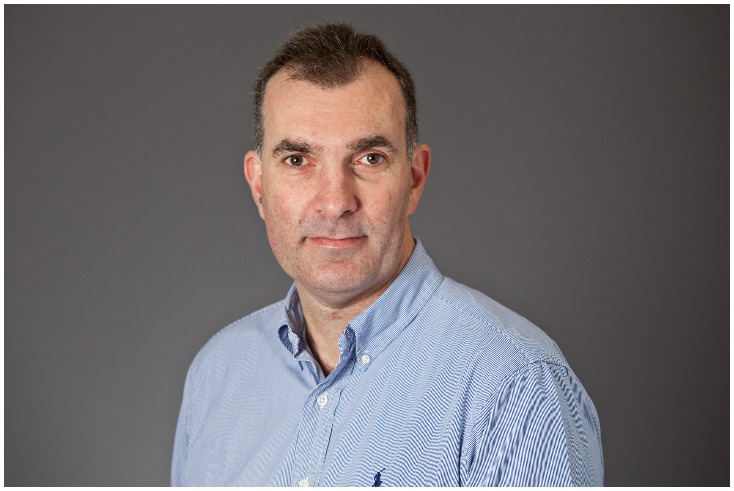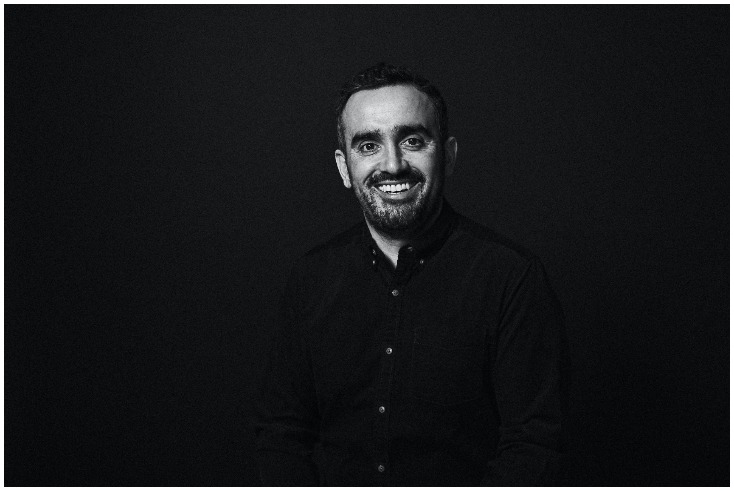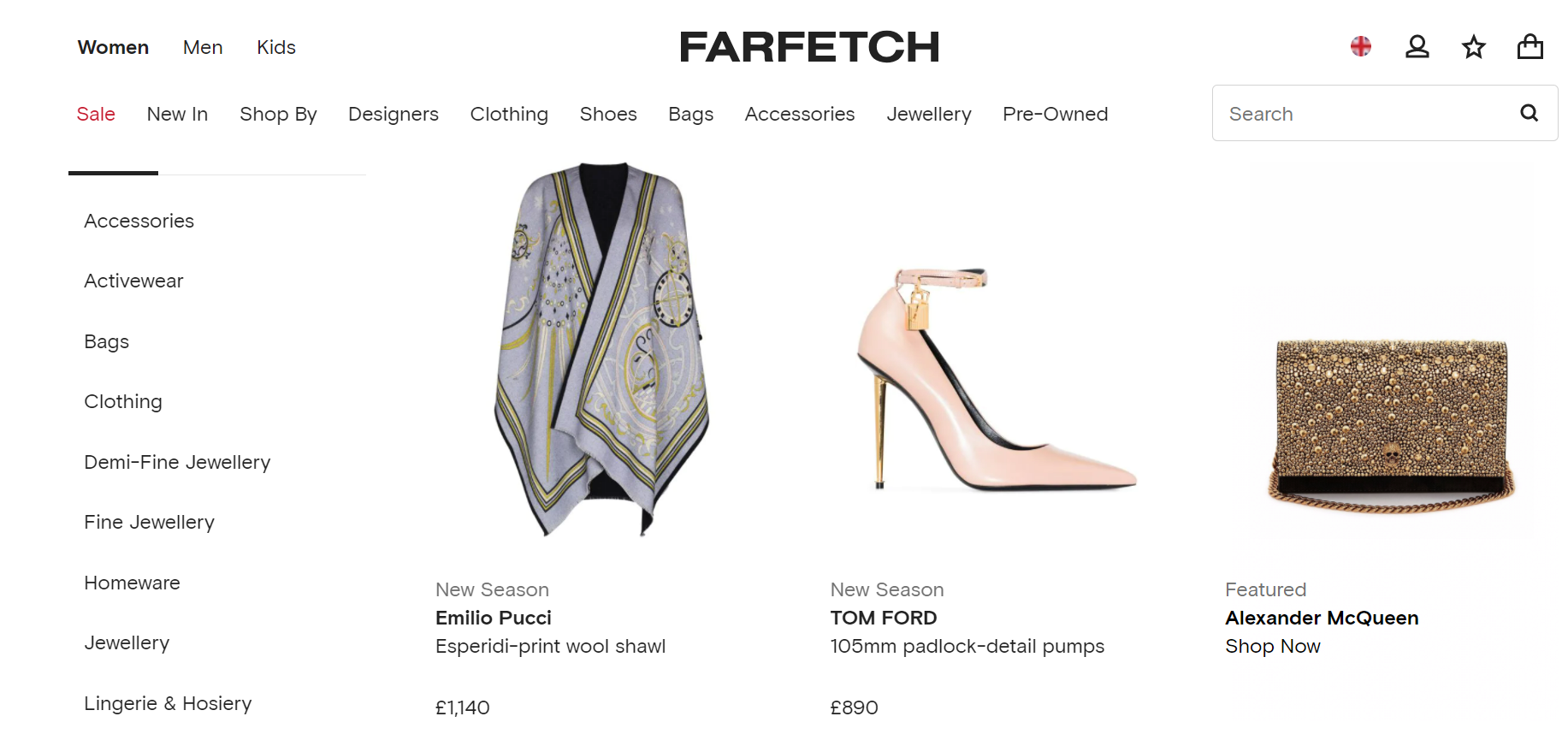Two consultants and ‘pizza money’: how Farfetch pitches media differently

Giving agencies a chance to experience a company’s product at chemistry, organising pitches around family schedules like summer holidays and using intermediaries can all help create a smooth pitch for all involved.
These are some of the practices Farfetch, a platform for luxury fashion, used in its latest media agency pitching process.
Farfetch was founded 13 years ago and now operates in 190 countries hitting more than a $1bn of sales in Q3 2021 from four million customers
However, at the moment it is “a bigger business than a brand” thanks to its “sophisticated demand generation marketing machine” which places it high on Google when someone searches for Balenciaga trainers or a McQueen dress.
However, this is not enough for Farfetch to attain its aspiration of being “the global destination for luxury fashion”.
Gareth Jones (pictured below), Farfetch’s global chief marketing officer, told Mediatel News: “We felt we needed a better balance between that lower funnel performance, demand generation activity and building an emotional connection with customers and educating them about what distinctly different about Farfetch as a marketplace and a platform.”

“The only way that we can do that is by spending money systematically, not just at the bottom of the funnel, but in the mid funnel, on the top funnel and I think what we realised is that we need expertise to help to take us on that journey, which we call internally ‘Chapter Two’,” he added.
Jones, previously at eBay and CompareTheMarket, joined the fashion company a day before the first lockdown hit.
He brought MediaCom with him as its media agency as he had worked with the WPP shop previously. While the agency did “a brilliant job” for 15 months, Jones said he decided to “introduce rigour” and “do their due diligence” by going through a new pitch for its media account to make sure they had the best fit.
MediaCom repitched and got through to the final stage with Omnicom’s Hearts & Science and Interpublic Group’s MediaHub, with the latter “pipping the others to the post” to win the account.
What can other clients and agencies learn from this pitch?
Involve stakeholders and ask experts for help
Farfetch already had an established global team in performance marketing and another in procurement who were involved in the pitch process alongside two intermediaries, AAR Group and The Aperto Partnership, with each responsible for a different side of the pitch so they were “not stepping on each other’s toes.”
Paul Phillips, managing director of AAR Group (pictured, below), and Scott Moorhead, managing director of The Aperto Partnership, who are normally consulting competitors, explained how their different briefs contributed to the pitch’s success.

Phillips said AAR’s brief was to design a selection programme that would provide the platform to demonstrate the level of information, reassurance, smarts, capability and insight for Farfetch with the right platform for agencies to demonstrate “in a way that didn’t boil the ocean.”
Moorhead, clarified that the The Aperto Partnership was responsible for strategic and operation brief writing, commercial elements like negotiations with agencies and remuneration modelling, transition as well as some digital expertise.
He highlighted the marketing department running the pitch understood what the media agency needed to achieve, while the procurement team supported and was “inquisitive and eager to learn about marketing or knew enough about marketing to help.”
This said, both teams also acknowledged they needed help and did not go and find the nearest consultant to help them. Instead, they found a series for consultants to make sure they answered all of the aspects that they think they would need, Moorhead commented.
Danny Donovan, UK CEO at Mediahub Global, which won the media account said of the pitching process: “It felt like a process where everyone involved wanted the people pitching to do well.
“It felt supportive and it felt like they [the intermediaries and the client] were going to do what they could to ensure that they get got a really brilliant response from every agency.”
Moorhead added that, while it was “a team effort”, Farfetch ultimately agreed and approved everything from the structure of the review, the project plan and the commercials.
Continuous and detailed feedback to agencies
Responsive communication throughout the process meant the agencies pitching knew exactly what was expected at which stage and was “an indication of the investment that a client is making in the process” according to Donovan, even if it was only a 15 to 20 minute call with a query about a brief between presentations.
Jones expanded on this saying he and his team took a lot of time to give individual feedback of what worked well and what could be improved on: “You should always treat everybody with dignity, whether they win or whether they’re unsuccessful. Everybody should be treated with dignity and respect.”
Donovan (pictured below) noted that the commercial side was integral throughout and “not bolted on at the end” and it felt like an “open and collaborative conversation”.

He said: “Again, it felt like they were taking what we said and feeding back and giving direction rather than commercials going off into vacuum and they come back and squeeze you, and it was still a negotiation but it felt like a conversation- very open and collaborative”
Think about timing
The pitch kicked off in May with virtual chemistry sessions and pitch presentations took place in September, with Farfetch going to agencies in person.

Timing of the presentations was staggered for several reasons; to make sure people could focus on the right things at the right time, there could be in-person as well as virtual meetings, and to acknowledge that people had a life and family outside of work.
Phillips said: “We don’t think it’s right that the agency should be pitching over the summer, over Christmas or over Easter, because we’ve all got families and lives outside of work and it’s just unnecessary to place that demand on an agency.”
“The last 18 months has shown us all it’s important to have that separation of work and home,” Phillips added.
AAR and Farfetch did not issue the brief until September when children were back at school so competing agencies could have “a clear run at it” and to be “respectful of people’s time.”
Donovan said: “It was very clear what the stages were and they stuck to those and they stuck to the timings and things didn’t get stretched or pushed out and other things didn’t get in the way. They didn’t add in three extra hoops to jump through at the end which can happen for good reason if a client is finding it really hard.”
Make your selection programme streamlined, specific and flexible, not about cost
Pitch processes where you are asked to do a written response as well as a presentation in the request for proposal can mean “significantly more work” for agencies as the best do not simply replicate what is in the written response, Phillips said.
He noted that if you streamline the selection programme according to the circumstance, and there was no need for a written Request for Proposal (RFP).
Not only that, but Phillips said great pitch briefs ask “higher order questions” of agencies rather than writing the immediate plan for next year.
He added: “Any agency that you are seriously considering to pitch can write me a media plan for next year so that’s not going to differentiate agencies. What differentiates agencies are people.
“People first, people last, always the people. Are they a team of people? Do they work well together? Can I see that team and my team working well together?”
On this topic, Moorhead (pictured below) said a good pitch process also needs to be specific to get the best out of agency.

He said: “A really good pitch process allows an agency to demonstrate its capabilities, but the ones that you want to see, you don’t just ask a thousand questions, you ask about specific things, you work in a very specific way to get to that point.”
At the moment 50% of pitches are run on costing benchmarks, which doesn’t say anything about the great work media agencies do, he added.
Moorhead recommended treating a review more as as strategic exercise than one that is just a case of project management or costing, which can often be the case. He said that if clients went into a pitch with that kind of lens, they were going to get “a certain answer and a certain result”.
This idea was carried over into commercial discussions, as Donovan summarised: “The whole commercials were set out with a view to make sure that they were paying and reviewing fairly and profitably for the agency. So, they set out that there would be an allocation to ensure that this was a profitable piece of business which isn’t always necessarily the case or very front of mind with clients.”
Donovan also highlighted flexibility throughout, with one example being a “deep-dive strategic session” where Mediahub’s agenda was revised. The pitch team had already touched on the “Metaverse” in a previous presentation, so instead their agenda was changed to look into Farfetch’s operating model.
Donovan said: “It felt like the process ran as it was designed to do. It had the right elements in but it had good elements of flex.”
Clients need to show agencies appreciation in a pitch
Farfetch gave a substantial fund of several thousand pounds to each agency at the chemistry stage to allow core members of the pitching team to gain user experience of the website and the product.

As Donovan pointed out, this was “a strong initial signal” that it was going to be “a good process with the right approach” as it acknowledged that not everyone pitching would necessarily be able to go and buy something on Farfetch given the typical price points for luxury fashion items.
Philips said that AAR Group always encourages brands it works with who are inviting agencies to pitch to show their “appreciation of the efforts that agencies go into” which could be a stock or a payment, or as AAR Group calls it “pizza money.”
Jones summarised: “We spent thousands and thousands of pounds giving the agencies an opportunity to buy stuff before we actually physically met them, and that also sparked a process and many of them then had a perspective on our business that they wouldn’t have done if we had not done that.”



